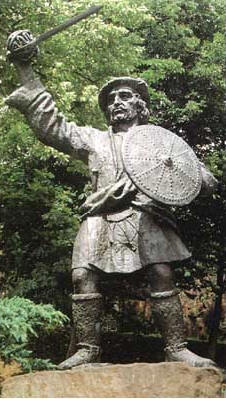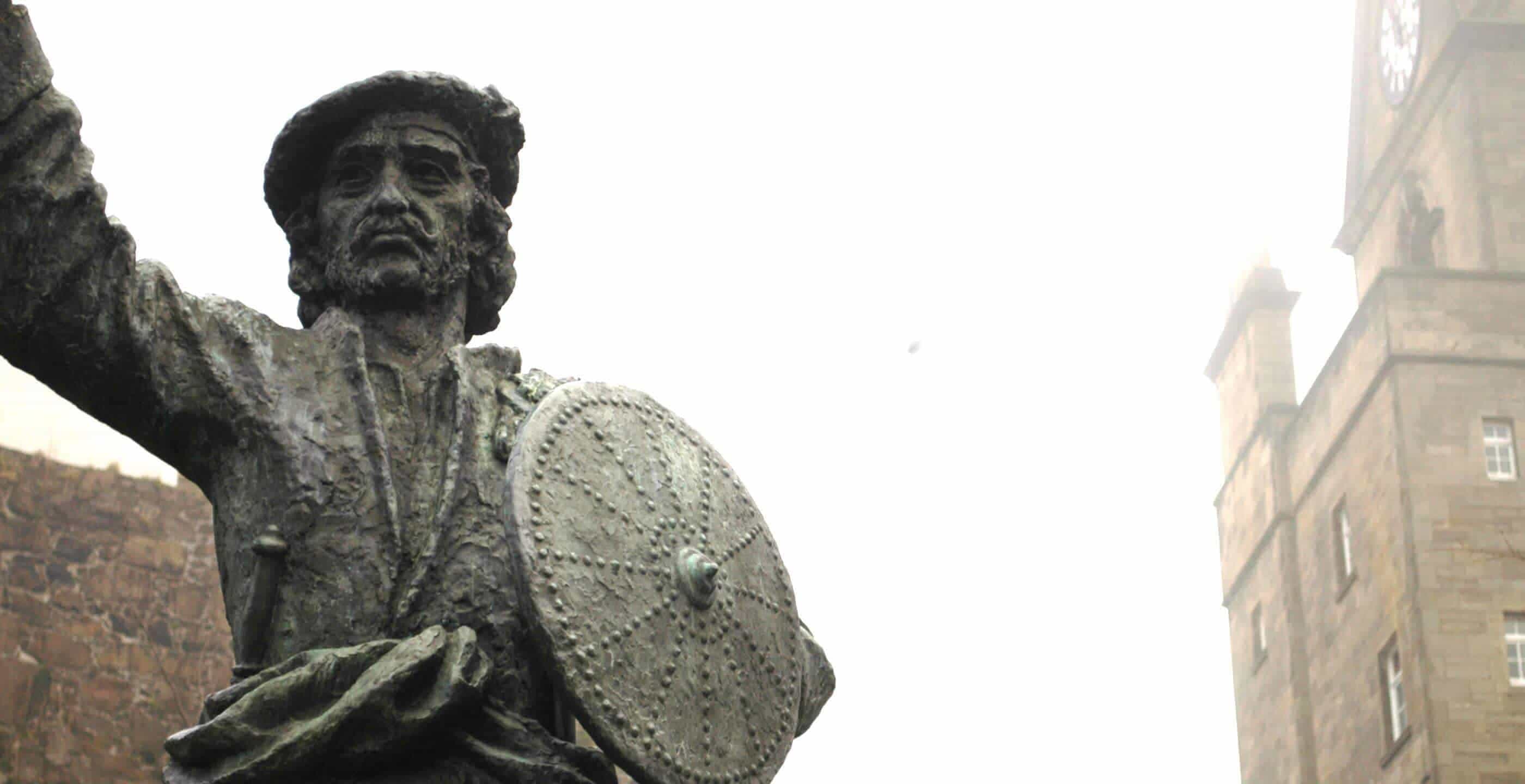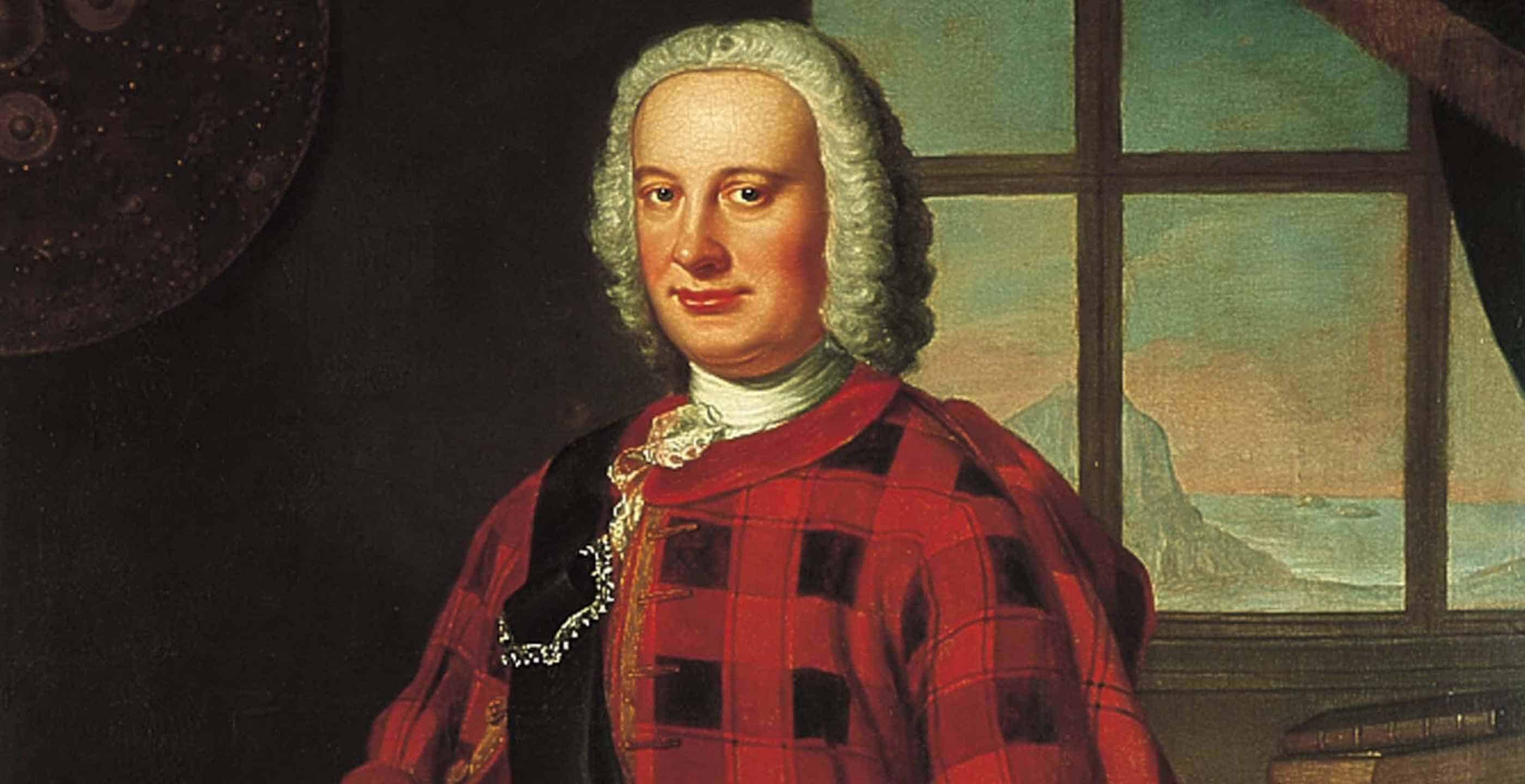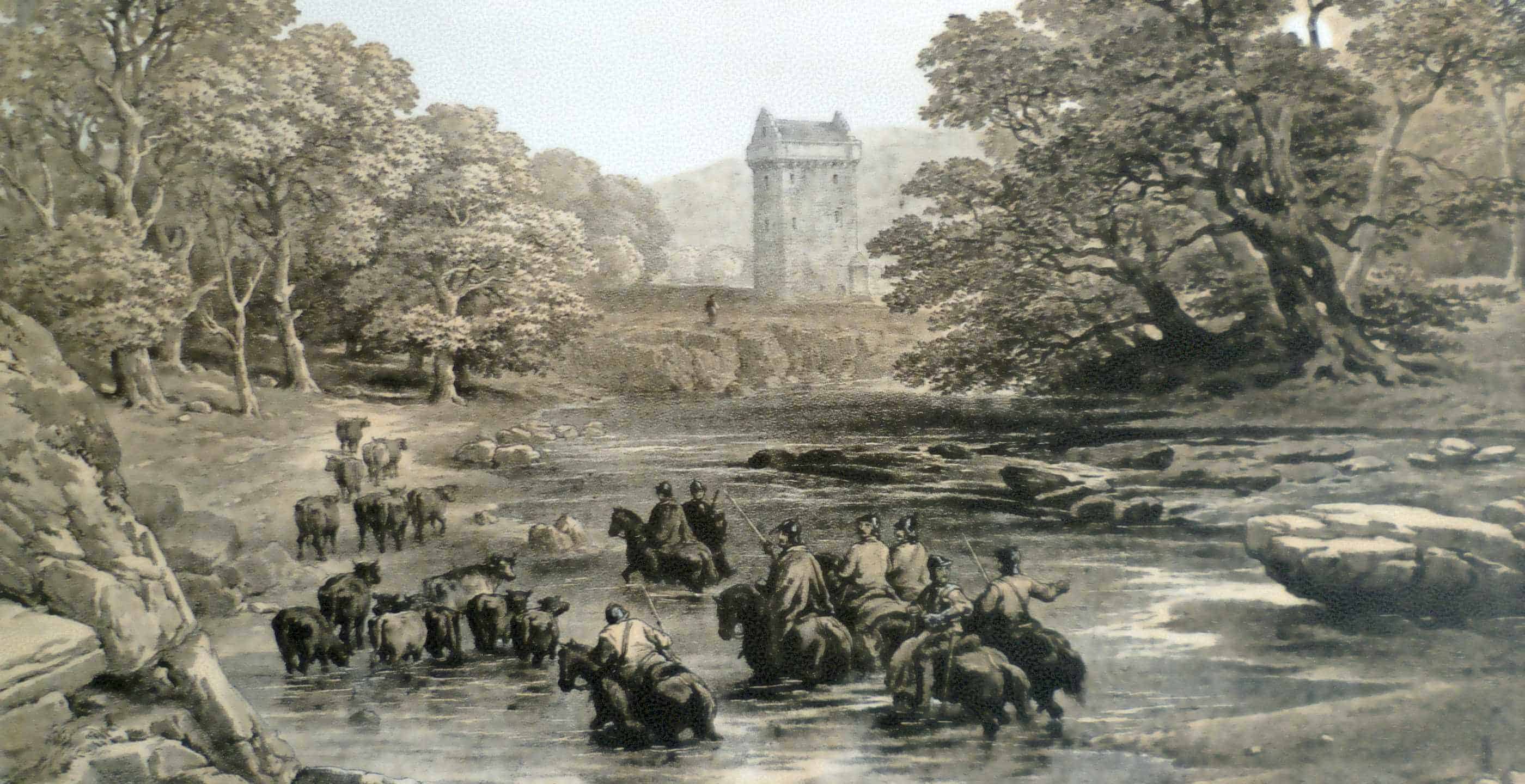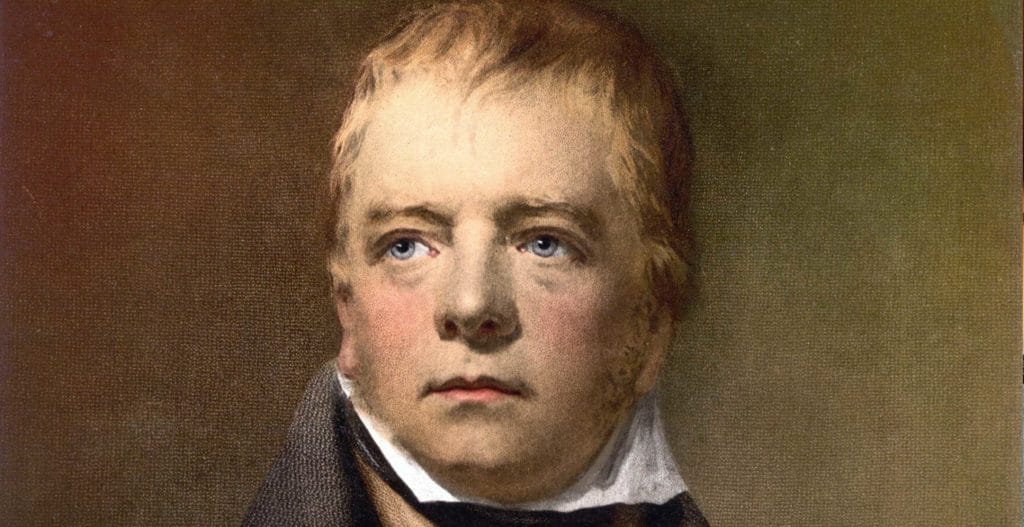In Victorian times, people were enthralled by the novels of Sir Walter Scott, who portrayed a man called Rob Roy in his work… a dashing and chivalrous outlaw.
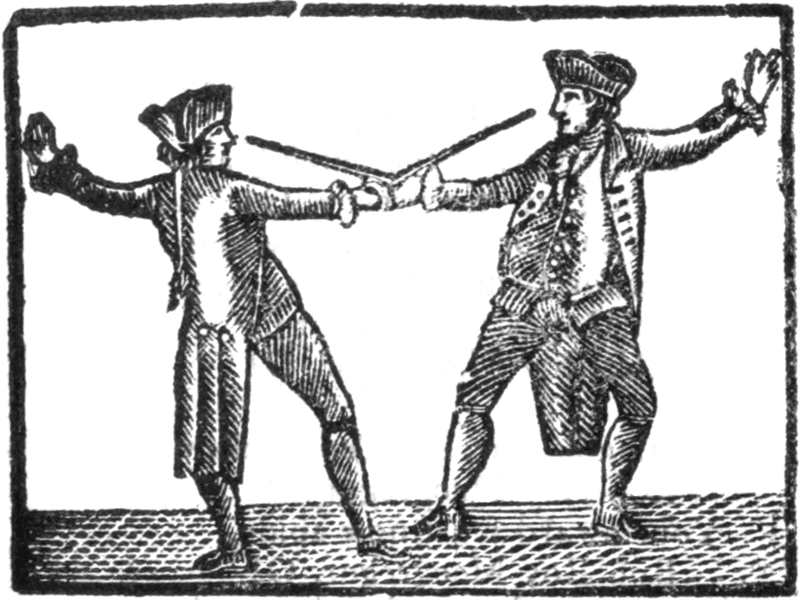
Of course, the truth was a little less glamorous.
For centuries the ‘Wild MacGregors’, cattle rustlers and brigands, were the plague of the Trossachs in Scotland.
The most famous, or infamous, member of the clan was Robert MacGregor, who acquired the name of ‘Roy’ early in life due to his mop of red curly hair.
The Wild MacGregors earned their name and living through ‘cattle lifting’ and extracting money from people in exchange for offering them protection from thieves.
In the early eighteenth century, Rob Roy MacGregor had established a flourishing protection racket, charging farmers an average 5% of their annual rent to ensure that their cattle remained safe.
He had complete control over the other raiders in Argyll, Stirling and Perth and so could guarantee that any cattle stolen from his customers would be returned to them.
Those who did not pay regretted it …as he had them stripped of all they possessed.
Rob Roy was not the sort of man to argue with!
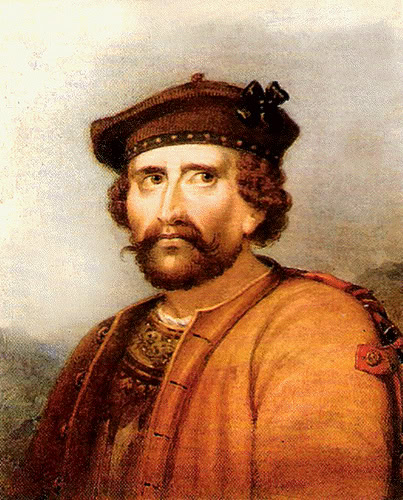
Apart from leading a raid in the Lowland parish of Kippen in 1691, his early days were spent peacefully as a drover, buying and selling Highland cattle under the patronage of the Duke of Montrose.
But 1712 was not a good year and Rob Roy lost most of his capital as there was a ‘slump’ in the cattle market. However he was not deterred, and absconded with £1000 that had been invested in the business by various chieftains and became a cattle thief.
He stole most of the cattle from his earlier benefactor, the Duke of Montrose.
The Duke was not happy about this, especially as his archenemy the Duke of Argyll was supporting Rob Roy and giving him refuge in Glenshira, not far from Inverary. Montrose took his revenge by seizing MacGregor’s house and throwing his wife and four young sons out into the depths of winter.
Following his annus horribilis of 1712, Rob Roy was accused of fraudulent bankruptcy and in 1715 he was to be found trailing in the wake of the rebel army of the deposed Stuarts at Sheriffmuir, waiting patiently for any booty that he could lay his hands on.
The end came when he had to surrender to the Duke of Atholl in 1717, but he managed to escape, probably through the protection of the Duke of Argyll. However, Rob Roy was eventually caught and imprisoned again.
On the point of being transported to Barbados in 1727, he received a pardon from King George I and decided, as he was not getting any younger (he was now in his mid-fifties) that it was time to settle down.
This he did and lived the rest of his life as a peaceful, law-abiding citizen… well, apart from the odd duel or two.
The same cannot be said about his violent sons, James and Rob Oig (Robert the Younger), but that is another story!
